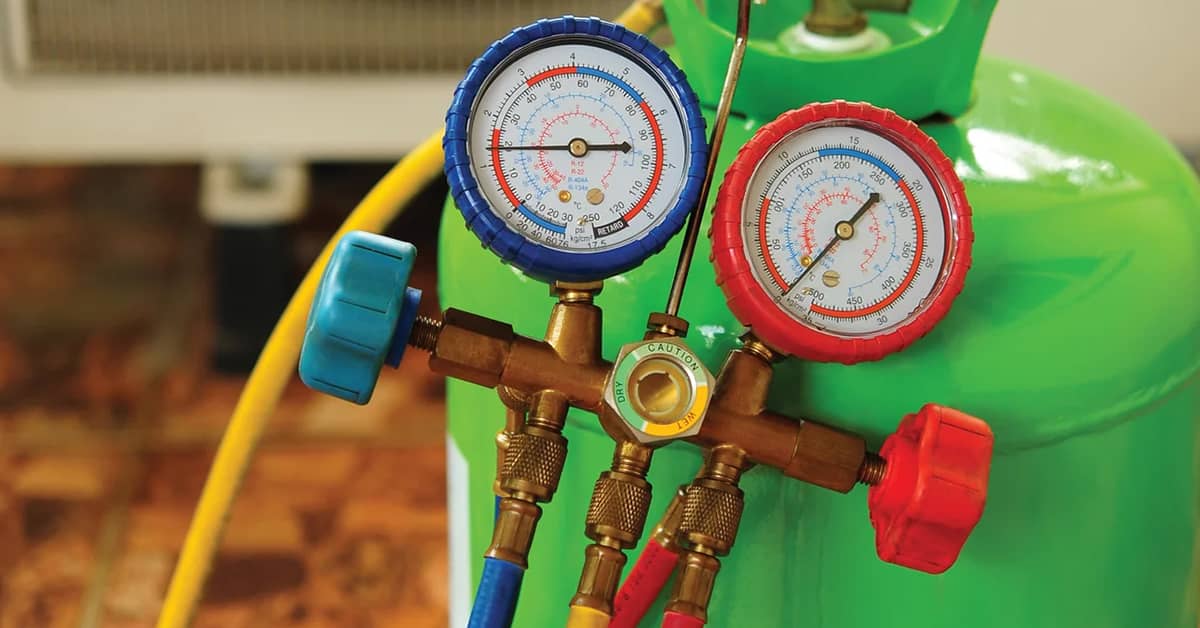Gradual reduction of hydrofluorocarbons
Date Posted: 11/28/2022

Hydrofluorocarbons (HFCs) are greenhouse gases used in different applications including refrigeration, air conditioning, building insulation, fire extinguishing systems, and aerosols. Refrigeration and air-conditioning equipment in homes, commercial buildings, and industrial operations account for most of the use at roughly 75 percent.
They were deliberately created as replacements for ozone-depleting substances. However, HFCs still have a high global warming potential (GWP) which doesn’t make them a completely safe replacement. The Significant New Alternatives Policy (SNAP) Program identifies other suitable alternatives to HFCs that have lower GWP. This Program was created in 1994 under Section 612 of the Clean Air Act.
Far later, the American Innovation and Manufacturing Act was enacted by Congress on December 27, 2020, to address HFCs. This act aims to:
- Phase down HFC production and consumption,
- Maximize reclamation and minimize releases from equipment, and
- Facilitate the transition to next-generation technologies through sector-based restrictions.
There are some federal requirements to keep in mind related to HFCs. Contractors must keep track of, and report amounts of HFCs added or removed during routine maintenance, service, repair, and disposal of all government equipment, appliances, and supplies. This requirement applies only for equipment or appliances usually containing 50 pounds or more of HFCs or refrigerant blends with HFCs.
On November 3, 2022, EPA proposed to establish the methodology for allocating hydrofluorocarbon production and consumption allowances for 2024 through 2028. EPA also wants to alter the consumption baseline to reflect new data and to make other changes based on lessons learned from application of the hydrofluorocarbon phasedown program currently. These proposed changes affect anyone that produces, imports, exports, destroys, uses as a feedstock or process agent, reclaim, or recycle HFCs.
This is the proposed phasedown schedule:
- Years 2022-2023 — Total production of 344,299,157 MTEVe and total consumption of 273,498,315 MTEVe
- Years 2024 to 2028 — Total production of 229,532,771 MTEVe and total consumption of 180,154,432 MTEVe
- Years 2029 to 2033 — Total production of 114,766,386 MTEVe and total consumption of 90,077,216 MTEVe
- Years 2034 to 2035 — Total production of 76,510,924 MTEVe and total consumption of 60,051,477 MTEVe
- Years 2036 and thereafter — Total production of 57,383,193 MTEVe and total consumption of 45,038,608 MTEVe
How Safety Management Suite Can Help
If your employees deal with HFCs in a refrigeration capacity, they need to understand related safety requirements and tips. Consider utilizing our Safety Procedure Refrigerant System Leak Inspection and Repair. Additionally, we offer frequently asked questions on the SNAP Program, along with the ability to ask HFC-related questions through the Expert Help tool. The Subject Matter Experts who support the J. J. Keller® SAFETY MANAGEMENT SUITE will provide a response within one business day.
E-mail Newsletter
Sign up to receive the weekly EHS Insider email newsletter for safety articles, news headlines, regulatory alerts, industry events, webcasts, and more.